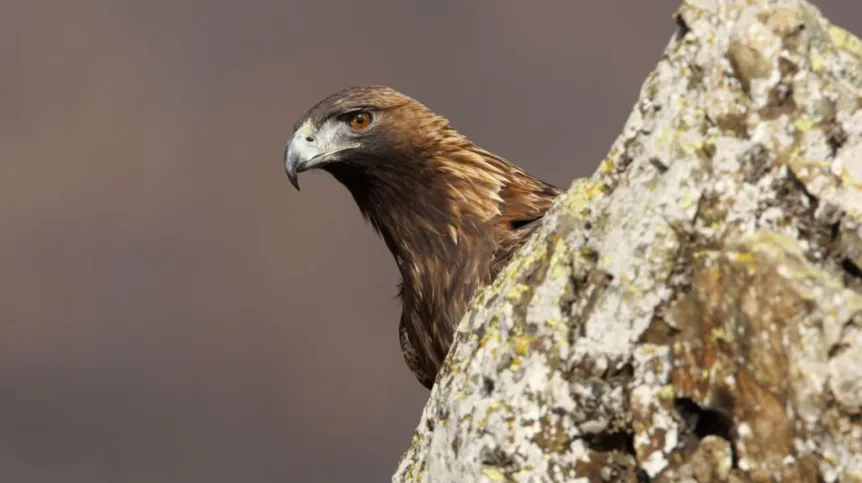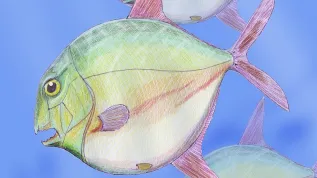
In the Carpathians, golden eagles, belonging to the most rare bird species in Poland, began brooding. About half of pairs started breeding.
"This year it occurred in accordance with their traditional biological rhythm, in the beginning of the third decade of March. Although the winter was mild, the night frosts kept the birds from laying eggs earlier" - told PAP ornithologist from the Eagle Conservation Committee, Dr. Marian Stój.
In his opinion, "this year\'s clutches are average, only every second pair started breeding".
"This situation is probably due to the weaker food base. Smaller tree seeds yield in the forests last year resulted in lower reproduction of, for example, rodents, which eagles hunt" - he explained.
According to the naturalist, "if there won’t be any weather surprises, like long rains or storms, most pairs that have started to breed will have offspring".
Approx. 70 percent females lay two eggs, the remaining 30 percent one egg; incubation lasts 40 days.
Golden eagles usually raise only one chick; if two chicks hatch, the stronger of them eliminates the weaker one. Aggression starts within a week after hatching. Parents do not interfere with the competing between offspring.
Golden eagle is a large bird of prey; very rare in our country.
In Poland, there are approx. 35 pairs, most - more than 30 pairs - in the Carpathians, primarily in the Sanocko-Turczańskie Mountains, Bieszczady Mountains and Low Beskids. In addition to the Carpathians, they can be seen, although much less frequently, on the Baltic coast, for example in the Słowiński National Park and in Masuria.
Body length of golden eagle exceeds 80 cm, and wingspan - two meters.
This predator feeds mainly on mammals and birds. It hunts hares, young deer and foxes, martens, weasels, stoats, rodents, owls, ravens, buzzards. Sometimes it can also hunt a domestic cat or a hen. Golden eagles are not above scavenging for carrion. They reach stooping speed of 160 km/h.
Golden eagle nests in in hard to reach places, in tall trees and on rock ledges.
PAP - Science and Scholarship in Poland
kyc/ pz/ mrt/
tr. RL













